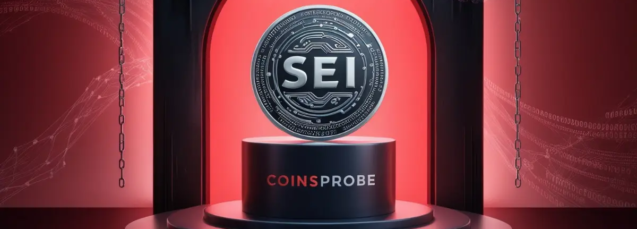Vitalik Buterin's Promotion of ZK-SNARKs and the Transformation of Blockchain Infrastructure
- Vitalik Buterin advocates ZK-SNARKs optimization via modexp precompile removal, prioritizing Ethereum's ZK scalability over niche use cases. - Fusaka upgrade introduces PeerDAS, reducing data verification costs and doubling blob capacity to enhance L2 efficiency and attract enterprise adoption. - Zcash (ZEC) surges 400% while Immutable (IMX) and Hyperliquid gain traction, signaling ZK-SNARKs' expanding influence beyond Ethereum's ecosystem. - Investors face ROI potential in ZK infrastructure but must nav
The Modexp Precompile: A Limitation for
ZK
Scalability
Buterin’s latest and most prominent suggestion involves removing the modexp precompile, an older feature that once sped up cryptographic processes but now stands out as a major bottleneck for ZK-EVM operations. As noted by a
This adjustment marks a deliberate shift toward future scalability. According to

Fusaka and PeerDAS: Advancing Data Efficiency
Alongside the removal of modexp, the Fusaka upgrade will bring PeerDAS (Peer Data Availability Sampling) to the network. This feature lets validators check only segments of data instead of full "blobs," dramatically lowering bandwidth needs and expenses for both validators and L2 platforms, as
This upgrade also doubles the blob capacity introduced by the Dencun update, further cutting rollup transaction fees and enabling new possibilities such as micropayments and AI-powered blockchain applications, according to
Market Impact: ZK-SNARKs Driving Sector Change
The financial effects of these upgrades are already becoming apparent.
Still, Ethereum is facing strong rivals. Hyperliquid, a ZK-powered layer-1 for decentralized futures trading, captured 32% of blockchain trading revenue in September 2025, posing a challenge to Ethereum’s lead in high-volume applications, as
ROI Outlook and Risk Factors
Although predictions for ZK-SNARK infrastructure returns are still uncertain, early signs are encouraging. For example, a $250 investment in Ozak AI’s $OZ tokens could potentially grow 790 times by 2029 if the token price reaches $9-$9.6, fueled by its AI-centric blockchain design, as
Nevertheless, there are still hurdles. Regulatory ambiguity, particularly concerning privacy coins, and the technical challenges of ZK-SNARKs remain significant. As
Conclusion: Prioritizing Privacy for the Future
Vitalik Buterin’s support for ZK-SNARKs is more than just a technical update—it’s a strategic move to establish Ethereum as the foundation for a privacy-focused internet. By tackling obstacles like the modexp precompile and adopting solutions such as PeerDAS, Ethereum is setting the stage for a new generation of scalable, secure, and affordable blockchain systems. For investors, the opportunity lies in backing projects that share this vision, whether within Ethereum’s ecosystem or on emerging ZK-centric platforms.
With the Fusaka upgrade on the horizon, the upcoming months will reveal how resilient these advancements are—and test the resolve of those investing in them.
Disclaimer: The content of this article solely reflects the author's opinion and does not represent the platform in any capacity. This article is not intended to serve as a reference for making investment decisions.
You may also like
AIMA Says Hedge Funds Are Accelerating Crypto Adoption Amid Regulatory Momentum

Injective (INJ) Bounces Off Key Support — Could This Pattern Trigger an Upside Breakout?

Internet Computer (ICP) To Rally Higher? This Emerging Fractal Setup Suggest So!

The ChainOpera AI Token Crash: A Warning Story for Investors in AI-Based Cryptocurrencies
- ChainOpera's COAl token plummeted 90% amid liquidity crisis, exposing risks of AI-driven blockchain projects. - High leverage trading and macroeconomic shocks (e.g., US Treasury issues) amplified COAl's volatility after $50M funding. - Experts warn AI-themed crypto projects often prioritize hype over substance, mirroring Palantir's speculative valuation patterns. - Investors must assess technical viability, liquidity resilience, and fundamental alignment to avoid AI-crypto bubble traps.
